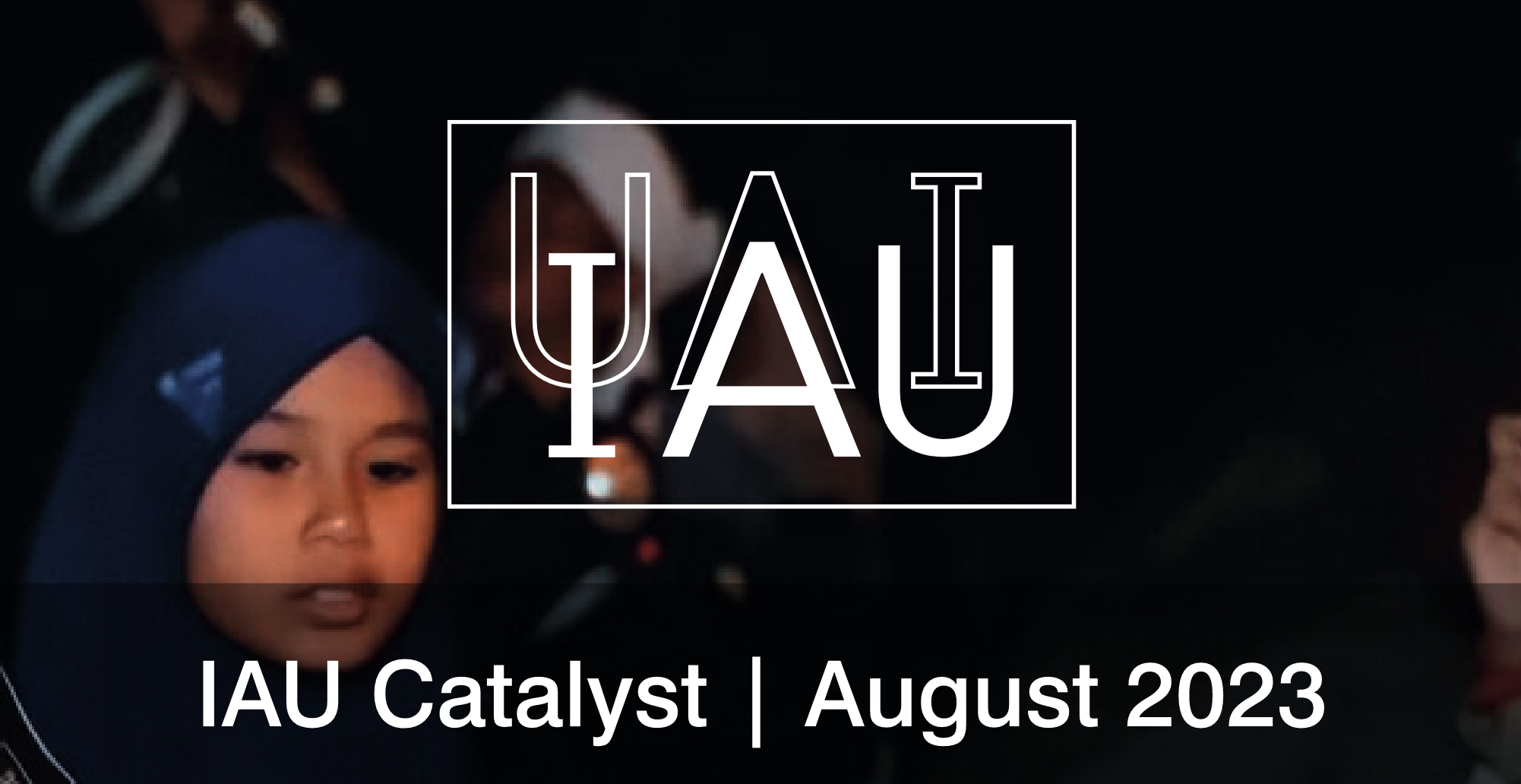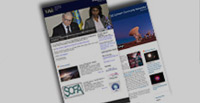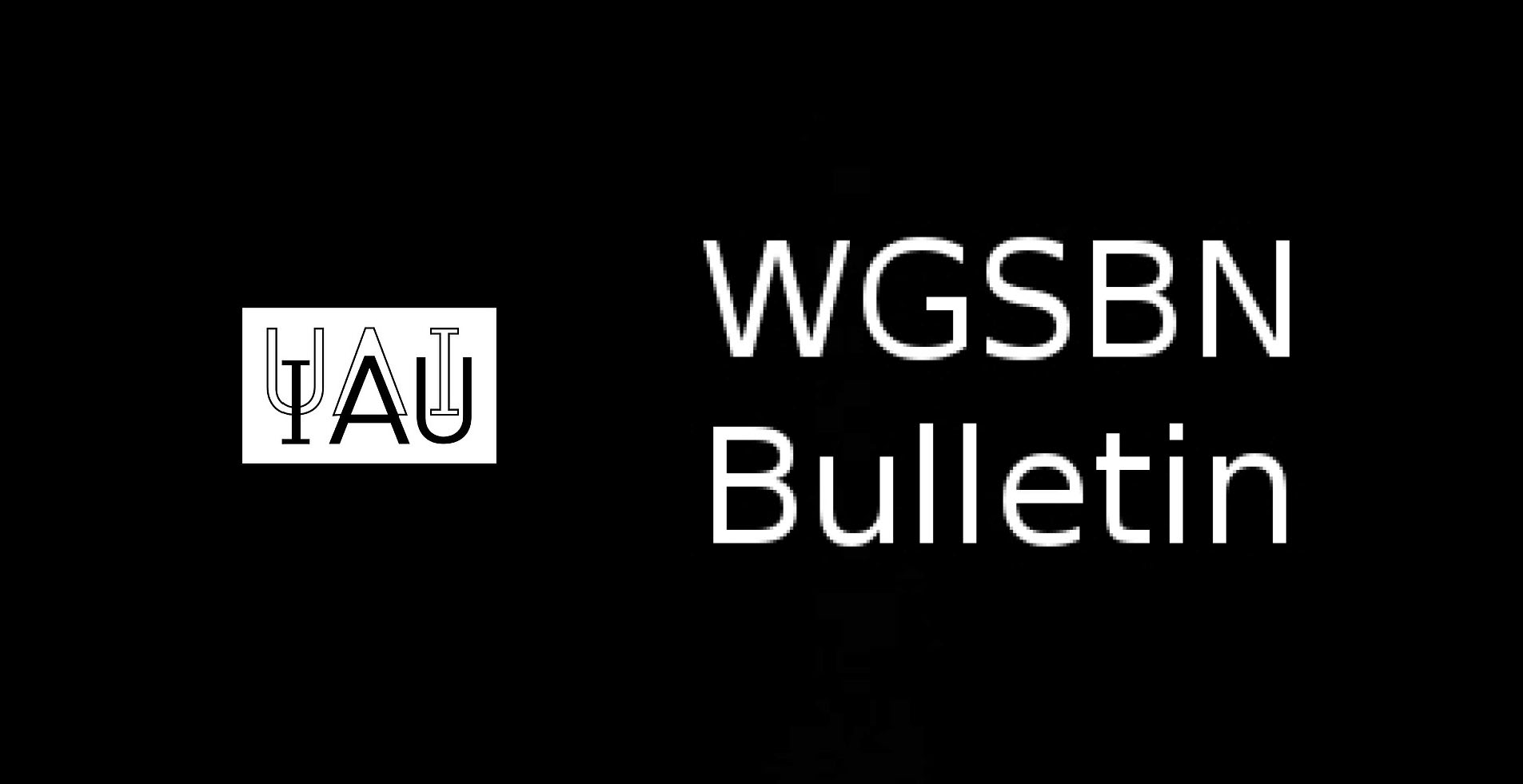- News
- Science
- Scientific Bodies
- Divisions
- Commissions
- Commission A1 Structure
- Commission A2 Structure
- Commission A3 Structure
- Commission A4 Structure
- Commission B1 Structure
- Commission B2 Structure
- Commission B3 Structure
- Commission B4 Structure
- Commission B5 Structure
- Commission B6 Structure
- Commission B7 Structure
- Commission C1 Structure
- Commission C2 Structure
- Commission C3 Structure
- Commission C4 Structure
- Commission C5 Structure
- Commission D1 Structure
- Commission E1 Structure
- Commission E2 Structure
- Commission E3 Structure
- Commission E4 Structure
- Commission F1 Structure
- Commission F2 Structure
- Commission F3 Structure
- Commission F4 Structure
- Commission G1 Structure
- Commission G2 Structure
- Commission G3 Structure
- Commission G4 Structure
- Commission G5 Structure
- Commission H1 Structure
- Commission H2 Structure
- Commission H3 Structure
- Commission H4 Structure
- Commission J1 Structure
- Commission J2 Structure
- Commission J3 Structure
- Commission X1 Structure
- Commission X2 Structure
- Past Commission Organising Committees
- Working Groups
- Centres
- Scientific Meetings
- Rules & Guidelines
- General Assemblies
- Meeting Proposals
- Future IAU Meetings
- General Assemblies
- EC Meetings
- Officers' Meetings
- Regional Meetings
- Symposia
- Focus Meetings
- Institutional Meetings
- IAU Offices Meetings
- IAU-Sponsored Meetings
- Letters of Intent submitted for 2024
- Letters of Intent submitted for 2023
- Letters of Intent submitted for 2022
- Letters of Intent submitted for 2021
- Letters of Intent submitted for 2020
- Past IAU Meetings
- Templates
- Other Meetings
- Grants & Prizes
- Scientific Bodies
- Publications
- IAU Publications
- IAU Strategic Plan
- Symposia
- WGSBN Bulletins
- Regional Meetings
- Information Bulletins/Catalyst
- E-Newsletters
- Focus Meetings
- Transactions A
- Transactions B
- Related Publications
- GA Newspapers
- CAPjournal
- IAU Books
- Brochures
- IAU Offices
- WG Reports
- Commission Reports
- Division Reports
- Past IAU Publications
- Rules, Guidelines and Instructions for Proceedings
- Publishers
- IAU Publications
- Administration
- About the IAU
- Statutes & Rules
- IAU Policies
- IAU Executive Bodies
- IAU Secretariat
- Resolutions
- Members Administration
- Administrative Dates & Deadlines
- International Organisations Relations
- Donate to the IAU
- Training in Astronomy
- Astronomy for Education
- Astronomy for Development
- Astronomy for the Public
- Office for Astronomy Outreach
- FAQ
- Themes
- Satellite Constellations
- Astronomy in Everyday Life
- How to Report a Discovery
- Careers in Astronomy
- Defining our Place in the Cosmos
- The Constellations
- Light Pollution
- Measuring the Universe
- Near Earth Objects
- How to Participate in Astronomy Research
- Naming of Astronomical Objects
- Naming of Exoplanets
- Buying Star Names
- Naming Stars
- Pluto and the Solar System
- IAU Member Statistics
- Our Moon: the Moon
- Meteors & Meteorites: The IAU Definitions of Meteor Terms
- UNESCO-IAU Portal to the Heritage of Astronomy
- Social Media
- Past Events
- Call for Online Resources
- Astronomy@Home Awards
- Contact
Controlling Light Pollution
![]()
Astronomers are excited by the potential of new lighting technology to provide energy-efficient well-controlled outdoor illumination. The dark night sky is the portal to information about planets, stars, galaxies, the early Universe, and mankind’s relation to the cosmos. Protection and enhancement of that portal serves us as professionals and as members of the family of man.
The IAU is the international astronomical organisation that brings together more than 10 000 professional astronomers from almost 100 countries. For outdoor lighting, we have two charges:
A. Protect our gateways to the cosmos by reducing the impact of stray light on professional observatories as much as possible.
B. IAU passed a resolution in 2009 affirming that access to a dark night sky is a universal human right, making quality outdoor lighting a worldwide imperative.
For this to be achieved three main technical priorities for controlling the nightscape have been determined and throughout the many light pollution awareness campaigns around the world are currently being implemented:
A. Use full cut-off fixtures
Light emitted immediately above horizontal has the most impact on observatories somewhat distant from urban areas; light emitted above horizontal to vertical is wasted energy and creates blinding glare from the light dome above an urban area.
B. Spectral management
Blue light scatters immediately and a mismatch to human eye sensitivity at the level at which artificial outdoor lighting is applied.
Red light has the longest legs for direct propagation, creating artificial sky glow at the greatest distances.
Strong preference for amber, with the narrowest possible energy range, consistent with requirements for colour rendition.
C. Intensity and time of use matched to application
Light intensity matched to zone - urban commercial very different from rural. In all but the largest urban areas, little to no activity from 2:00 AM to sunrise - outdoor lighting and advertising can be greatly curtailed. Motion activation, even on highways is a promising future direction.

















